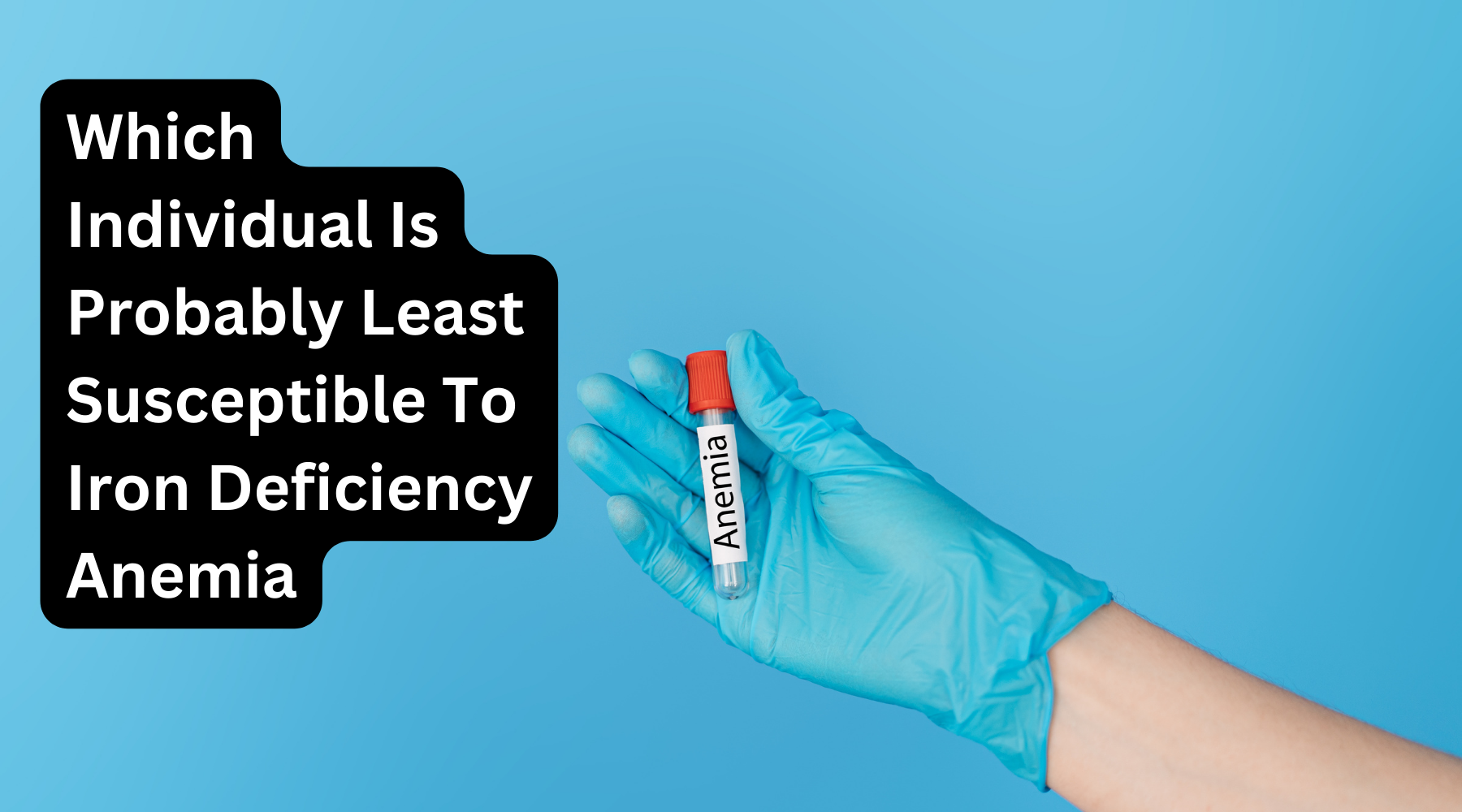 Anemia due to iron deficiency is a frequent medical disorder that develops when the body cannot create enough red blood cells. Although it can affect anyone, some may be less prone to this ailment due to various variables. We'll look at who might be least inclined to get iron deficiency anemia in this blog post and how Shilajit might help with treatment.
Anemia due to iron deficiency is a frequent medical disorder that develops when the body cannot create enough red blood cells. Although it can affect anyone, some may be less prone to this ailment due to various variables. We'll look at who might be least inclined to get iron deficiency anemia in this blog post and how Shilajit might help with treatment.
Who Is Most Likely to Be Least At Risk for Iron Deficiency Anemia?
Fans of Iron-Rich Diets:
Iron deficiency anemia is less likely in those who regularly consume a diet high in iron-rich foods such as red meat, chicken, fish, lentils, and leafy greens. Their dietary preferences ensure a consistent supply of this crucial mineral.
Non-Menstruating Persons
Due to the absence of monthly menstrual flow, which can cause iron loss, males and postmenopausal women often have reduced iron requirements. This lessens their vulnerability to anemia.
A healthy gut flora
A person is less prone to develop iron deficiency anemia if their digestive system is in good shape and effectively absorbs iron from their diet. Increased vulnerability may result from illnesses interfering with iron absorption, such as celiac disease or inflammatory bowel disease.
We do not have a chronic bleeding disorder.
Iron deficiency anemia is more common in those with underlying medical diseases that cause chronic bleeding, such as ulcers or specific blood disorders.
Supplemental iron use and knowledge:
People aware of their propensity for anemia owing to vegetarian diets or medical conditions may take iron supplements or foods fortified as a prophylactic approach.
Individuals who are at increased risk of iron deficiency anemia include:
- Women of childbearing age, especially those who are pregnant or breastfeeding.
- Infants and young children.
- People with certain medical conditions, such as heavy menstrual bleeding, celiac disease, or inflammatory bowel disease.
- People who take certain medications, such as proton pump inhibitors or antacids.
- Athletes and people who exercise regularly.
- Vegetarians and vegans.
Shilajit's Potential Effect on the Treatment of Iron Deficiency Anemia
Shilajit, a naturally occurring material from hilly areas, has drawn interest for its conceivable health advantages, notably its iron concentration. Shilajit provides qualities that can support the management of iron-deficient anemia despite not being the primary source of iron:
Shilajit has trace levels of iron, which may help people consume more of it when paired with dietary iron sources.
Shilajit is a rich source of minerals and fulvic acid, which can improve the body's overall mineral absorption and possibly help the body absorb dietary iron.
Shilajit has historically been used to increase energy and vigour. Shilajit's capacity to boost energy levels may provide support during therapy for those with iron deficiency anemia who frequently experience exhaustion and weakness.
Conclusion:
Because of their eating habits, lifestyle choices, or lack of underlying medical issues, some people are less likely to acquire iron deficiency anemia than others. However, anyone can do so under specific situations.
Shilajit may be used in conjunction with other treatments for iron deficiency anemia due to its high iron concentration and potential to improve iron absorption. It should be used cautiously and under medical supervision when combined with other suggested therapies or interventions.
To avoid and treat iron deficiency anemia, one must have a balanced diet, be aware of risk factors, and, if required, seek competent medical advice to identify the best course of action.